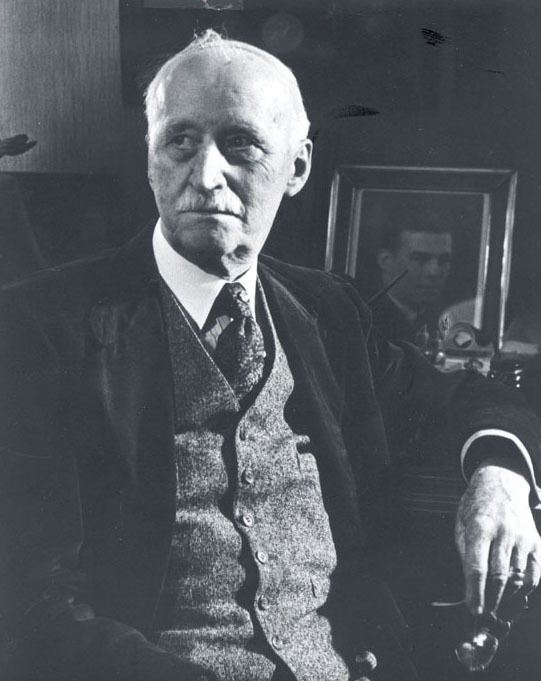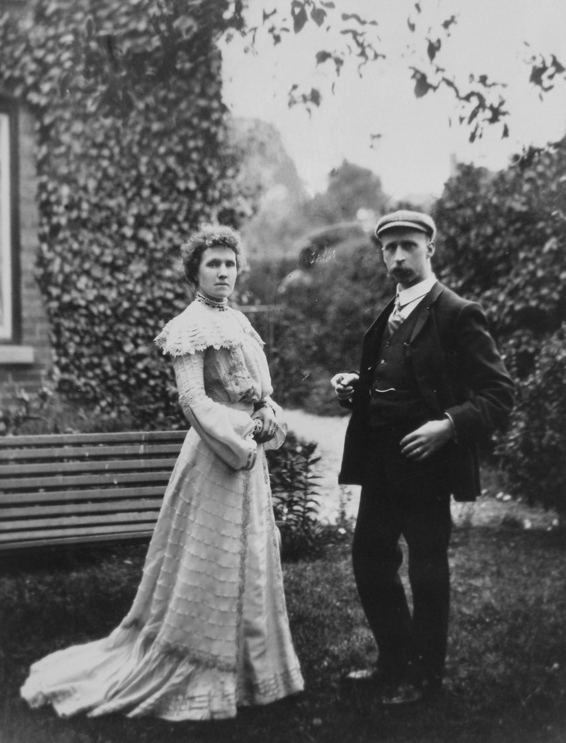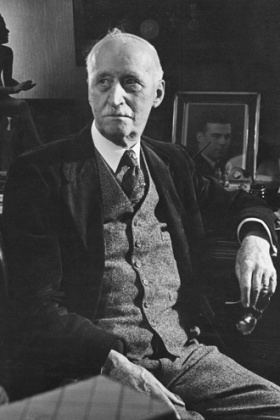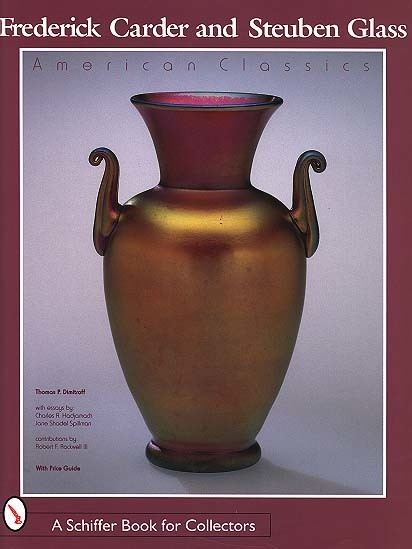Name Frederick Carder | ||
 | ||
Died December 10, 1963, Corning Books Play of Light: The Glass Lamps of Frederick Carder | ||
Organizations founded Steuben Glass Works | ||
Indiana ArtsDesk broadcast 2004-07-08
Frederick Carder (September 18, 1863 – December 10, 1963) was an English artist and glass chemist. He was born in Staffordshire, England and attended Stourbridge School of Art and the Dudley Mechanic Institute, he later worked in Wordsley. In 1960, Alfred University honored Carder with an honorary doctorate degree.
Contents
- Indiana ArtsDesk broadcast 2004 07 08
- English period 1881 1903
- American period 1903 1932
- Corning period 1932 1959
- References

Frederick Carder married Annie Walker on May 21, 1887. They had three children: a daughter Gladys (1889–?), a son Stanley (1891–?), and a son Cyril (1893–1918).

English period (1881-1903)

Frederick Carder began his glassmaking career with Stevens & Williams in 1881, where he helped re-introduce colored glass. While at Stevens & Williams, Carder worked with Peter Fabergé of Russia. In 1902, Carder was asked to compile a survey of current glassmaking techniques in other countries, including the United States.

After 20 years of glass design and glassmaking experience, disagreements developed within Stevens & Williams. As a result, Carder and his family emigrated to the United States.
American period (1903-1932)
Frederick Carder and Thomas J. Hawkes (of Hawkes crystal) co-founded the Steuben Glass Works in Corning, NY, the home of Corning Glass Company (also known as Corning Glass Works). Carder ran Steuben Glass Works from 1903 until 1932.
In 1918, Corning Glass purchased Steuben Glass Works, with Frederick Carder continuing to manage all aspects of the business. 1932, the advent of the Great Depression had a negative impact on business at Steuben. Corning Glass terminated the production of colored glass and took over the direction of the Steuben division, Carder was made artistic director for all Corning divisions.
Corning period (1932-1959)
In 1932, Steuben Glass Works reorganized under a new team headed by Arthur A. Houghton, Jr., John Gates, and Sidney Waugh. Using a new glass known as G10M, Steuben crystal products became colorless and clear. While not specifically managing Steuben operations, Frederic Carder continued in Corning by directing all aspects of Corning's design, manufacturing, and marketing of many glass products. During this period, he experimented with glass casting using the cire perdue (lost wax) method used in metal foundries. He made his notes and formulas available to others wishing to cast glass.
In 1943, Carder's wife Annie died. In 1959, Carder retired from Corning Glass Works. He died in December 1963, eighty-three days after his 100th birthday.
An elementary school located in Corning was given the name Frederick Carder School in his honor.
In 2005 Steuben Gallery, in Manhattan, mounted an exhibition of Carder's work that was curated by Donald Albrecht. The exhibition, called Frederick Carder: Glass, Passion, Invention, was designed by Pure+Applied. Photographs of the exhibition [1].
